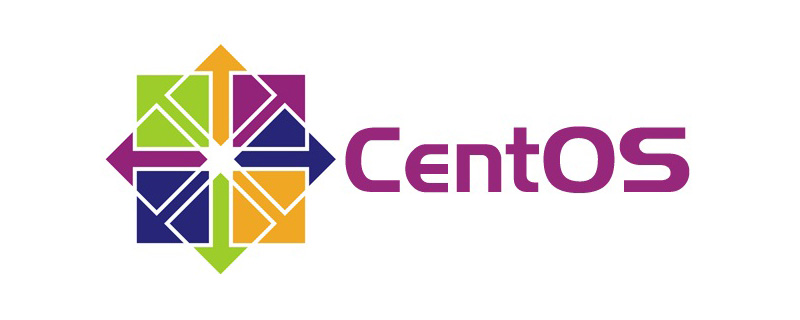自建php本地服务器的方法:首先安装apache;然后修改Apache默认网站路径;接着安装MySQL;最后安装php及php扩展即可。

这篇文章主要介绍的内容是关于CentOS 7 搭建PHP服务器环境,有着一定的参考价值,现在分享给大家,有需要的朋友可以参考一下
yum install httpd
配置ServerName
vi /etc/httpd/conf/httpd.conf
将#ServerName www.example.com:80修改为ServerName localhost:80
此时外部机器输入服务器的IP地址,还是不能看到界面,需打开防火墙80端口
开启防火墙:
立即学习“PHP免费学习笔记(深入)”;
systemctl start firewalld
打开80端口:
firewall-cmd --zone=public --add-port=80/tcp --permanent
重启防火墙:
firewall-cmd --reload
查询是否开启:
firewall-cmd --list-ports
最后启动apache就可以在外部机器看到apache服务界面了,端口不用输,apache默认就是使用80端口
systemctl start httpd systemctl enable httpd (加入开机自启)
注:CentOS7 和 6所用防火墙不同 开启apache的命令也不同
默认路径/var/www/html
编辑配置文件:
vim /etc/httpd/conf/httpd.conf
输入/docu,回车,搜索,可以看到有两个/var/www/html的地方,分别是DocumentRoot “/var/www/html”和
yum install mysql
然而并无法启动,会报错”Failed to start mysqld.service: Unit not found”,需安装mariadb-server
yum install mariadb-server
开启
systemctl start mariadb.service systemctl enable mariadb.service(开机自启)
同样需要开放防火墙3306端口,不多赘述,如果是阿里云ESC还要记得在安全组里开放3306端口
修改密码
use mysql;
update user set password=password('新密码') where user='要更新密码的用户名';授权
mysql -u root -p GRANT ALL PRIVILEGES ON *.* TO 'root'@'%' IDENTIFIED BY '123456' WITH GRANT OPTION; FLUSH PRIVILEGES;
注:使用Navicat远程连接时要使用SSH通道
yum install php yum install php php-fpm php-bcmatch php-gd php-mbstring php-mcrypt php-mysql
相关推荐:
以上就是CentOS 7如何搭建PHP服务器环境?的详细内容,更多请关注php中文网其它相关文章!

PHP怎么学习?PHP怎么入门?PHP在哪学?PHP怎么学才快?不用担心,这里为大家提供了PHP速学教程(入门到精通),有需要的小伙伴保存下载就能学习啦!

Copyright 2014-2025 https://www.php.cn/ All Rights Reserved | php.cn | 湘ICP备2023035733号